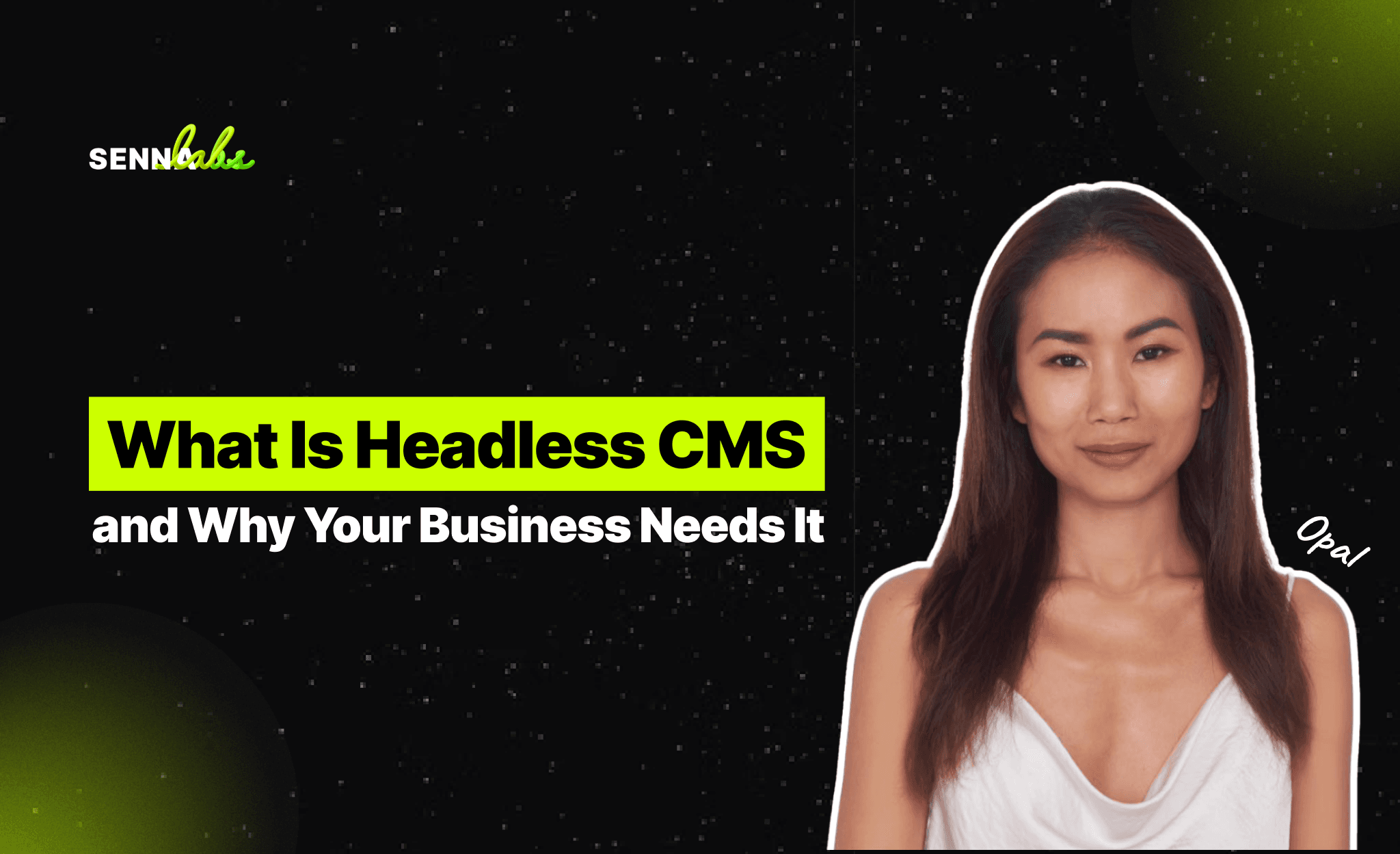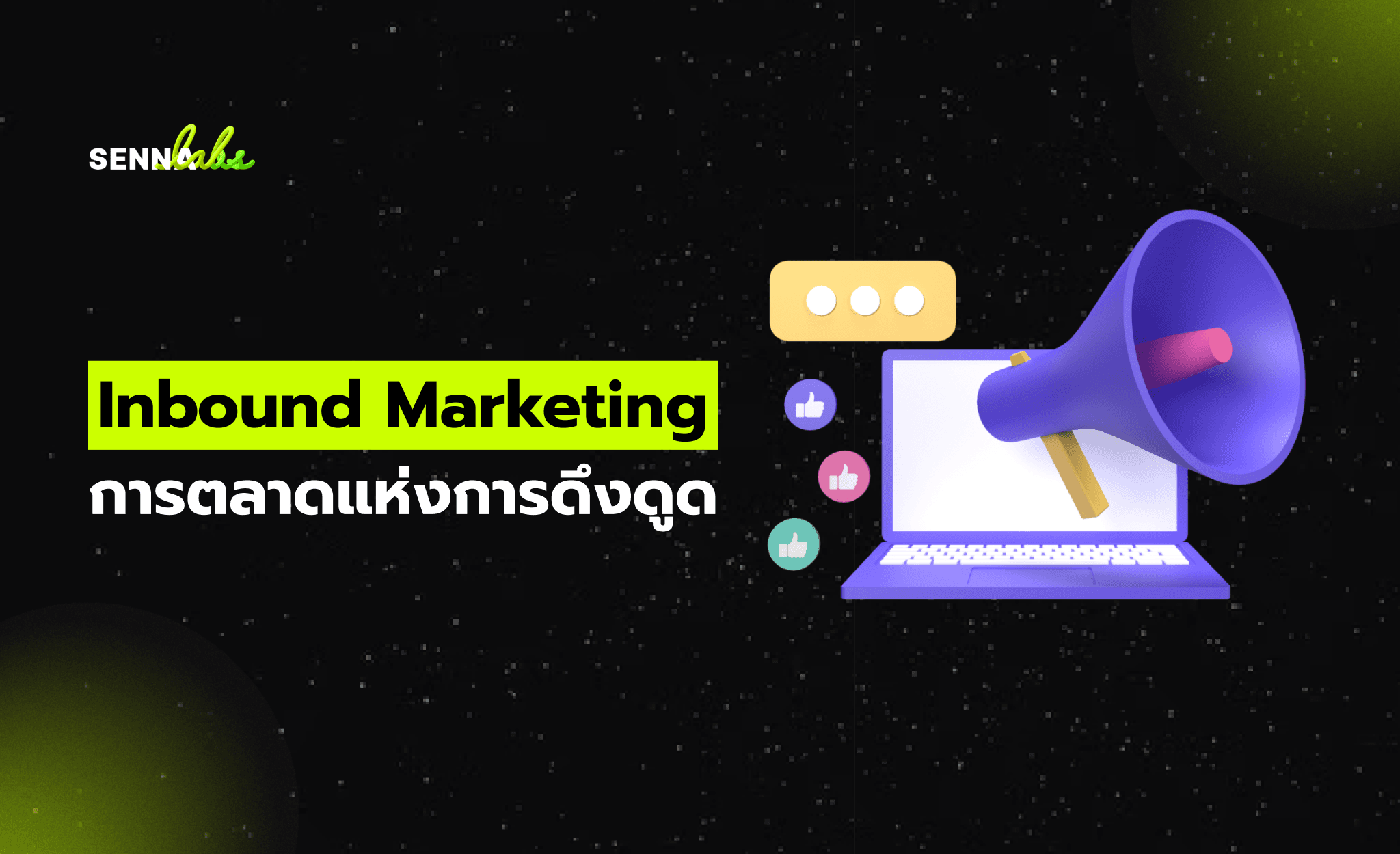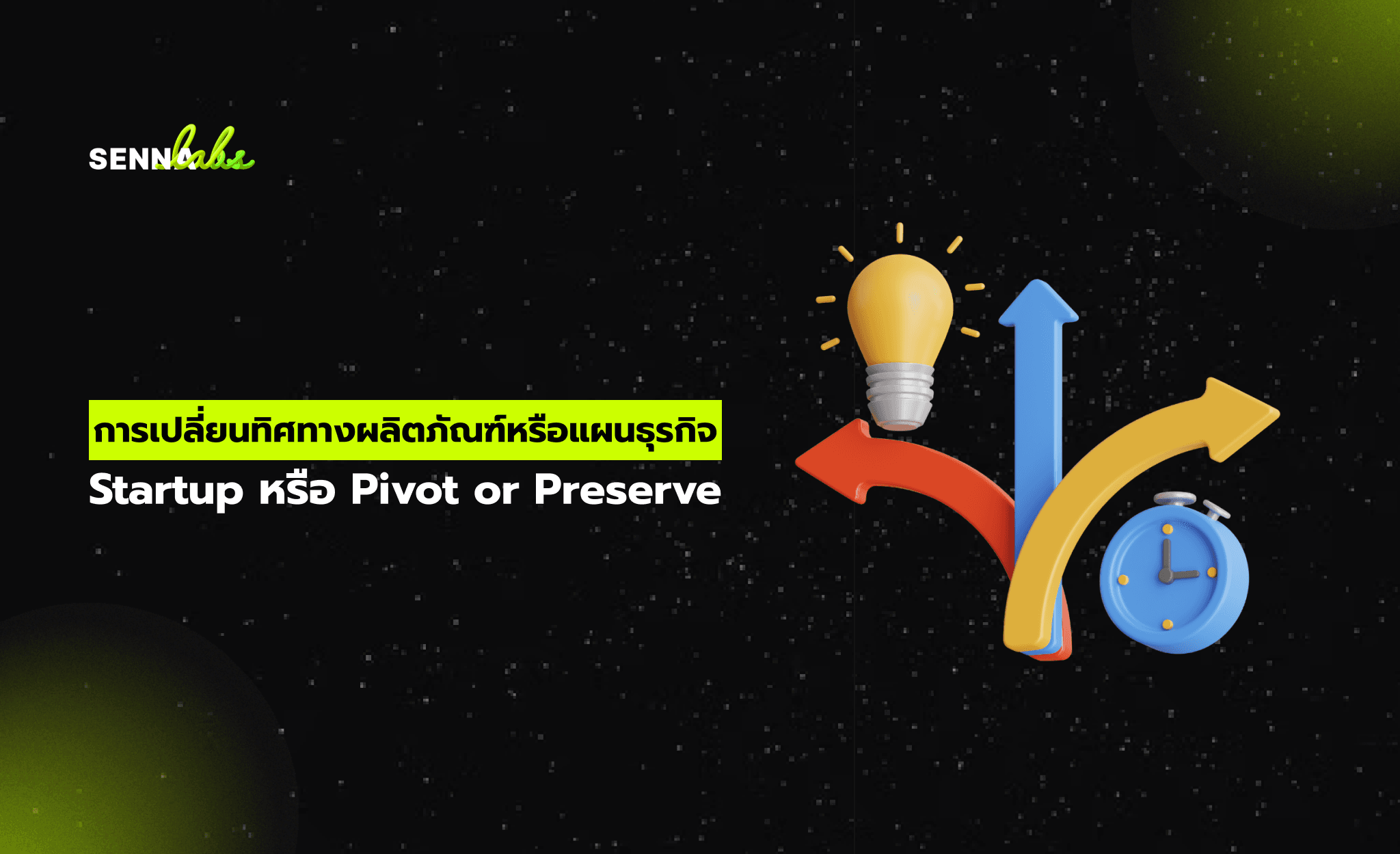What Is Headless CMS and Why Your Business Needs It
Share

As digital platforms evolve, businesses need more flexibility, scalability, and efficiency in managing content across multiple channels. Headless CMS is emerging as the preferred solution for companies looking to deliver seamless digital experiences across websites, mobile apps, and IoT devices.
A notable example is Banpu, a leading energy company that implemented a Headless CMS to manage content consistently across websites and mobile applications. This approach has helped streamline content delivery, enhance user experience, and improve scalability.
This article explores why businesses are shifting to Headless CMS, its key advantages, and how companies can implement this technology effectively.

What is Headless CMS?
A Headless CMS is a content management system that decouples the backend (content management) from the frontend (content presentation). Unlike traditional CMS platforms like WordPress or Joomla, which are tightly integrated with their frontend, Headless CMS allows content to be delivered via APIs to any platform—websites, mobile apps, or even IoT devices.
How Headless CMS Works
-
Content is stored in a central repository.
-
APIs deliver the content to different platforms (web, mobile, smart devices).
-
Developers have full control over how and where content is displayed.
This architecture provides greater flexibility, scalability, and efficiency in content management.
Why Businesses Are Moving to Headless CMS
1) Omnichannel Content Delivery
-
Headless CMS enables businesses to manage and distribute content across multiple platforms from a single backend.
-
Ensures consistency in branding and messaging across websites, mobile apps, digital kiosks, and IoT devices.
2) Faster Performance and Better User Experience
-
Since the frontend is separate from the backend, content loads faster, improving SEO rankings and user engagement.
-
Developers can use modern frameworks like React, Vue.js, or Angular to create highly responsive interfaces.
3) Enhanced Scalability and Flexibility
-
Businesses can easily integrate new technologies and expand into new platforms without overhauling their CMS.
-
Ideal for growing businesses that need scalable content management solutions.
4) API-First Approach for Seamless Integration
-
Headless CMS allows integration with third-party services, including AI-powered content recommendations, e-commerce platforms, and analytics tools.
5) Stronger Security and Future-Proofing
-
Reduces security risks associated with monolithic CMS platforms that are vulnerable to cyberattacks.
-
Provides better control over content access and user permissions.
Real Use Case: How Banpu Uses Headless CMS
Challenge
Banpu needed a centralized content management system that could:
-
Deliver consistent content across multiple platforms, including websites and mobile applications.
-
Enable seamless content updates without requiring major frontend changes.
-
Scale efficiently as the company expanded its digital presence.
Solution: Implementing Headless CMS
-
Banpu adopted a Headless CMS to store and manage content in one central repository.
-
Content is delivered via APIs to different platforms, ensuring uniformity across websites and mobile apps.
-
Developers had full control over frontend design while content teams could update information independently.
Results
-
Improved content consistency across digital platforms.
-
Faster content updates without affecting website performance.
-
Scalability for future expansion, reducing the need for frequent CMS migrations.
Comparing Headless CMS vs. Traditional CMS
|
Feature |
Traditional CMS (e.g., WordPress) |
Headless CMS |
|
Frontend & Backend |
Tightly integrated |
Decoupled architecture |
|
Flexibility |
Limited customization |
Full control over design |
|
Content Delivery |
Web-only |
Multi-platform (web, mobile, IoT) |
|
Performance |
Slower, dependent on CMS structure |
Faster, optimized for speed |
|
Security |
Higher risk of attacks |
More secure, reduced vulnerabilities |
|
Scalability |
Limited expansion |
Easily scalable |
How to Implement Headless CMS for Your Business
Step 1: Choose the Right Headless CMS
-
Popular options include Strapi, Contentful, Sanity, and Prismic.
-
Consider API capabilities, ease of integration, and scalability.
Step 2: Define Your Content Strategy
-
Organize content types, categories, and metadata to ensure smooth content management.
-
Plan for multichannel distribution from the start.
Step 3: Develop a Frontend Using Modern Technologies
-
Use frameworks like React, Vue.js, or Next.js to create an engaging UI.
-
Optimize for SEO and performance to improve search rankings.
Step 4: Integrate APIs for Content Delivery
-
Ensure smooth integration between the Headless CMS and web, mobile, or third-party applications.
-
Use GraphQL or REST APIs for fast data retrieval.
Step 5: Monitor and Optimize Content Performance
-
Use analytics tools to track engagement and improve content strategies.
-
Continuously refine content workflows for efficiency.
Challenges of Headless CMS
1) Requires Technical Expertise
-
Unlike traditional CMS platforms, Headless CMS requires frontend development skills to build and maintain.
2) Higher Initial Setup Costs
-
Implementing a Headless CMS may require higher upfront investment, but it leads to long-term cost savings.
3) API Dependency
-
Performance relies on API availability and efficiency, requiring robust API management.
The Future of Headless CMS in 2025 and Beyond
-
AI and Machine Learning Integration – AI-powered personalization and content recommendations will enhance user experiences.
-
Voice Search and IoT Adaptation – Headless CMS will enable content delivery to voice assistants and smart devices.
-
Increased Adoption by Enterprises – More large-scale businesses will shift to API-first content management.
Conclusion:
Headless CMS provides unmatched flexibility, scalability, and performance for businesses looking to manage content across multiple digital platforms. Banpu’s success in implementing Headless CMS demonstrates how businesses can streamline content delivery, enhance user experience, and scale effectively.

Share

Keep me postedto follow product news, latest in technology, solutions, and updates
Related articles
Explore all


